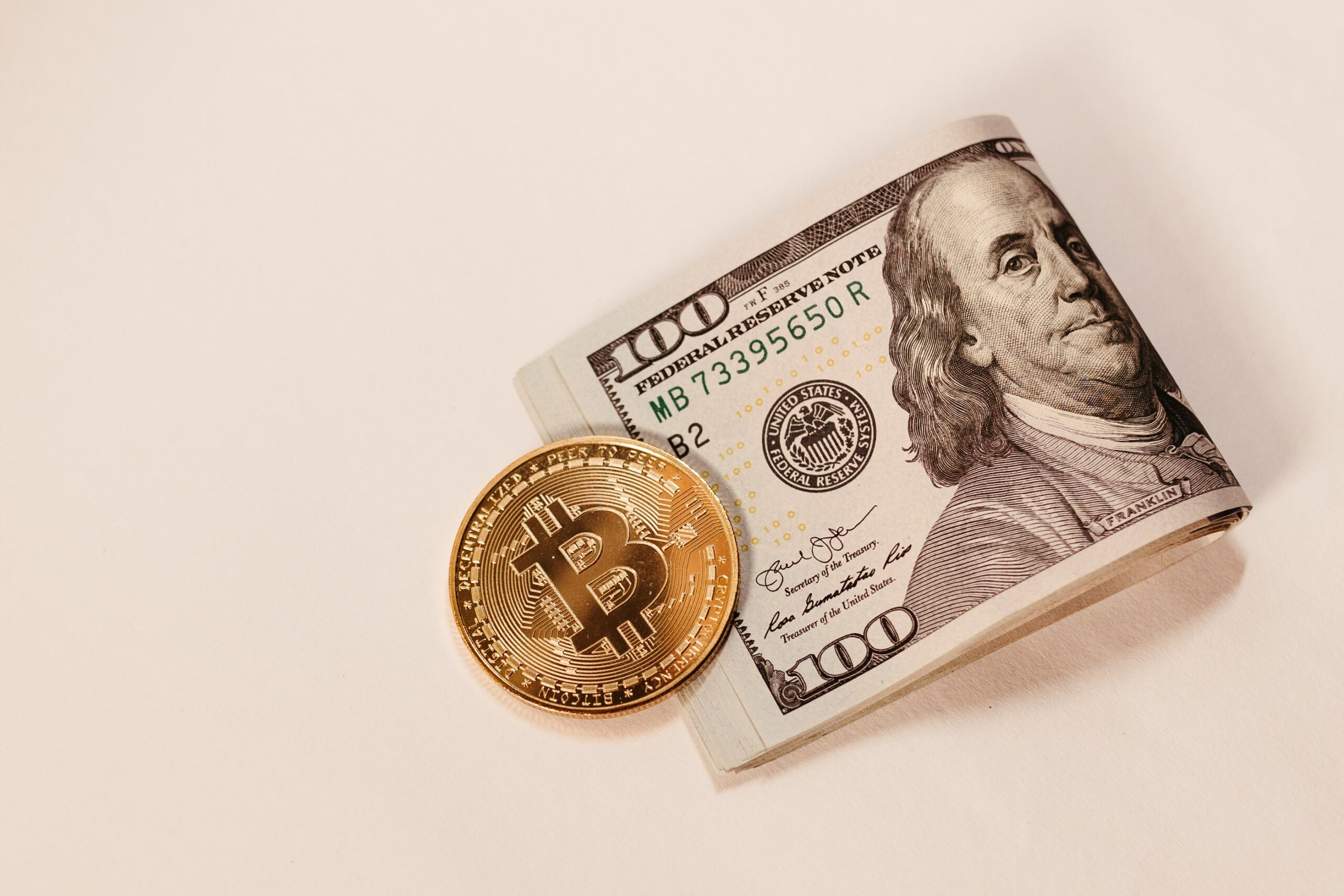
3 Influential Figures Transforming the Crypto World in 2023:
Have you ever wondered who holds the reins of power in the dynamic world of cryptocurrencies? Who are the influential figures driving the transformative waves

Have you ever wondered who holds the reins of power in the dynamic world of cryptocurrencies? Who are the influential figures driving the transformative waves
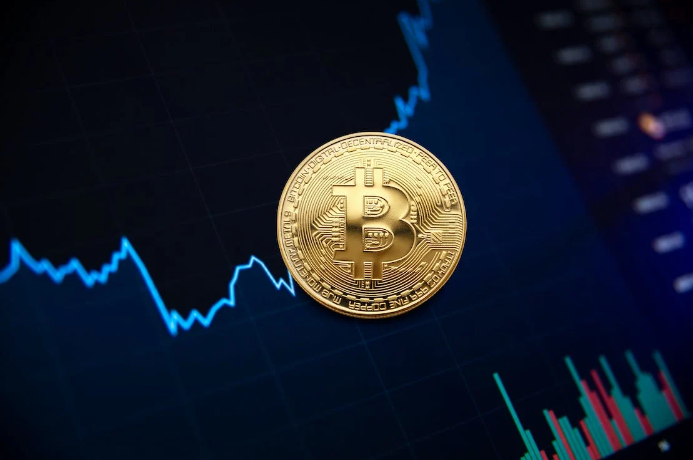
The cryptocurrency market has witnessed a remarkable turnaround in recent weeks, following a period of fear and uncertainty triggered by regulatory actions against major platforms
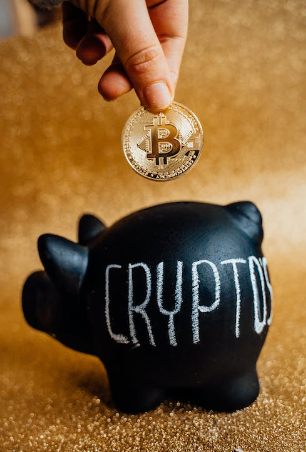
The crypto world is a unique and ever-changing realm. It’s a place where new developments emerge at a rapid pace, keeping enthusiasts on their toes.

Cryptocurrencies have experienced significant ups and downs since their emergence in 2009 with the mysterious Satoshi Nakamoto, the visionary behind creating an unidentified and efficient
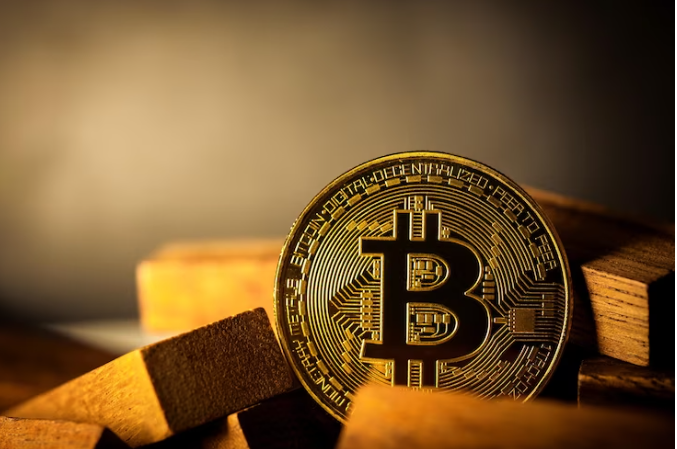
“Money has always been a matter of trust.” – Friedrich Hayek Gold is a symbol of wealth and fascination for centuries. While Bitcoin, a revolutionary

Wondering where to start? Amongst thousands of Cryptocurrencies, from Dogecoin to Tether and Bitcoin to Ethereum. No doubt, crypto is an evolving field making it
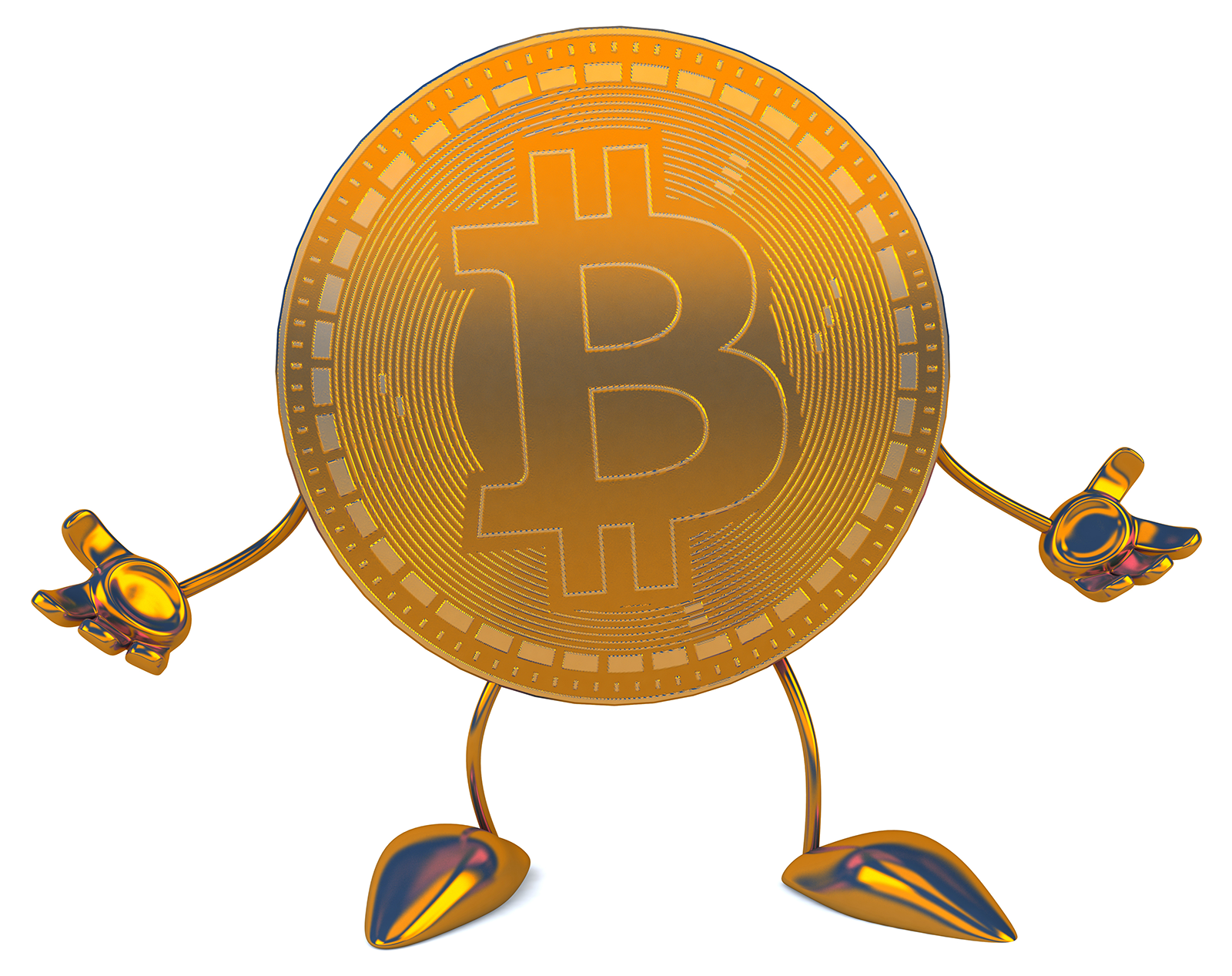
Having started as a small startup, Binance has transformed into one of the largest cryptocurrency exchanges globally. Launched in the late 2010s, Binance has made

Andreessen Horowitz is expanding its operations beyond the United States with the opening of its first international office in London. The UK government aims to

By establishing a decentralized digital currency system that provides secure and transparent transactions, cryptocurrency has transformed the financial environment. Moreover, with the introduction of cryptocurrencies
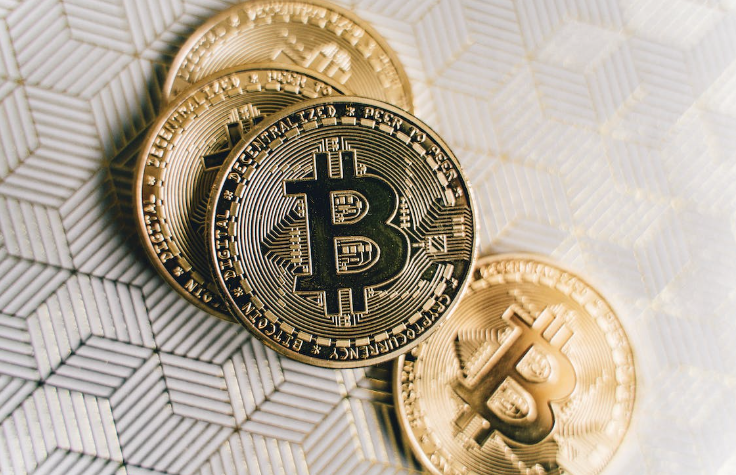
The Demand for latest technologies that can offer you the insights, forecasts and analyses and the business of is at a peak due to a